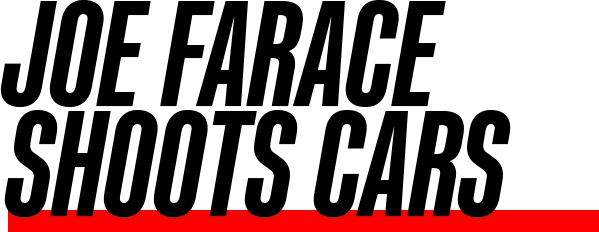Today’s post by Joe Farace
Welcome to National Photo Month. To celebrate it, we’re having a photo contest. You can read the details here.
If you agree that the use of light is one of the key ingredients that differentiate a good photograph from a snapshot, then you should try to understand proper exposure. Even with today’s cameras, the ability to tweak the exposure at the moment of capture can make or break your image’s quality and content.

This image of a Dodge Hemi-powered drag racer was made at on the floor of the Las Vegas Convention Center during the SEMA show. The hand-held exposure was 1/40th sec at f/4 at ISO 800.
 I’m always surprised by the number of people who don’t care about correct exposure, saying, “I’ll fix it later in Photoshop.” Where exposure is concerned there’s partial truth to that statement. For some photographers Photoshop has become a crutch for sloppy camera work but you still need to be careful about exposure. A over or underexposed digital image cannot be completely saved with image enhancement software.
I’m always surprised by the number of people who don’t care about correct exposure, saying, “I’ll fix it later in Photoshop.” Where exposure is concerned there’s partial truth to that statement. For some photographers Photoshop has become a crutch for sloppy camera work but you still need to be careful about exposure. A over or underexposed digital image cannot be completely saved with image enhancement software.
While shooting you should make minor adjustments to the camera’s exposure settings, including different metering patterns and you might want to pull out a hand-held meter from time to time, as I sometimes do with portraits.
You can always set your camera in green mode and point it at the subject and click and many times this will produce an acceptable exposure. For those times when it doesn’t, you need to think about why the results are not what you expected and apply a different exposure technique, such as the brightness range method. This technique involves taking two different readings from the scene: Start by taking a reading (use the camera’s spot metering if it has that feature) from the highlight area. A second reading is taken from the shadow area of the scene. Your final manual camera setting will be based on an average of the two readings and that will be close enough, although you still might want to bracket.
How I made this shot: I photographed Mary, when she still owned her Mazda Miata, with a NIKON D70s I was testing for Shutterbug. Lens was a Nikkor 18-70mm f/3.5-4.5G ED IF AF-S DX lens at 27mm with an exposure of 1/500 sec at f/10 and ISO 200.
I f you enjoyed today’s blog post and would like to treat Joe to a cup of Earl Grey tea ($2.50), click here.
f you enjoyed today’s blog post and would like to treat Joe to a cup of Earl Grey tea ($2.50), click here.
Along with photographer Barry Staver, Joe is co-author of Better Available Light Digital Photograph that’s now out-of-print but new copies are available from Amazon for $21.88 with used copies selling for four bucks. For some reason, the Kindle price is really high.
